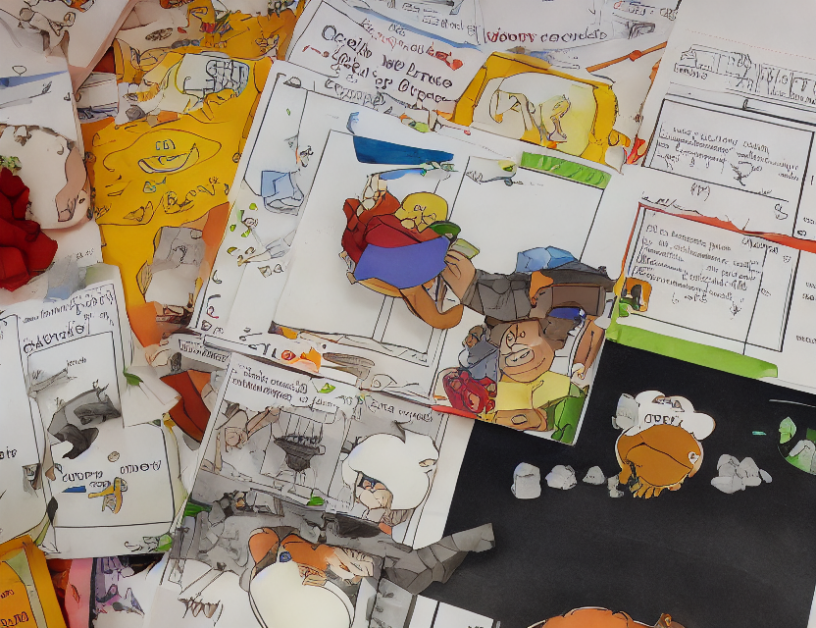Generating distractors for reading comprehension questions is crucial to assess students’ understanding of a topic. However, creating these distractors can be challenging, especially when dealing with complex concepts. In this article, we explore the use of large language models, such as transformers, to generate high-quality distractors for reading comprehension questions. We discuss the key factors to consider when generating distractors and provide insights into how these models can help improve the accuracy of reading comprehension tests.
Key Factors
When generating distractors, it is important to consider several key factors. These include:
- Misconceptions: The distractors should reflect common misconceptions that students may have about the topic. This helps to test their understanding and identify areas where they need improvement.
- Length: The distractors should be concise and to the point, without introducing unnecessary complexity or ambiguity.
- Context: Each distractor should provide full context, so that students can understand the question without confusion. This is particularly important when dealing with complex concepts.
- Grammar: The distractors should be grammatically correct and easy to read. This helps to ensure that students can focus on the content rather than getting bogged down in grammar issues.
- Diversity: The distractors should be diverse and not overlap. Each distractor should reflect a different misconception, rather than a single one. This helps to provide a more comprehensive assessment of students’ understanding.
Using Large Language Models
Large language models, such as transformers, can help generate high-quality distractors for reading comprehension questions by:
- Automating the process: These models can automatically generate distractors based on the input text, reducing the amount of time and effort required to create these distractors manually.
- Improving accuracy: The models can generate distractors that are more accurate and reflective of common misconceptions than those created manually.
- Handling complexity: Large language models can handle complex concepts and generate distractors that are relevant and challenging, without introducing unnecessary complexity or ambiguity.
- Scalability: These models can be used to generate distractors for large numbers of questions, making the process more efficient and scalable.
Conclusion
Generating high-quality distractors for reading comprehension questions is crucial to assessing students’ understanding of a topic. By using large language models, such as transformers, we can automate this process, improve accuracy, handle complexity, and make it more scalable. These models have the potential to revolutionize the way we create distractors for reading comprehension questions and improve the overall quality of these assessments.



